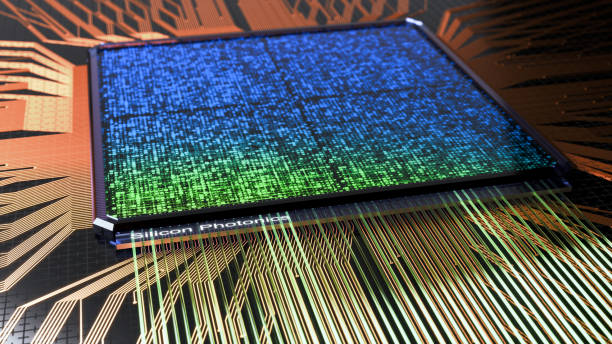Diving into the World of Photonic Computing: A New Dawn in Tech
In the infinite expanse of the tech cosmos, a new star is rising: Photonic Computing. This emerging technology, which uses light rather than electricity to process information, promises to revolutionize the way we think about data transmission and processing. It may sound like science fiction, but it's becoming more real every day.

A Brief History of Photonic Computing
The concept of using light to process information isn’t new. Scientists and engineers have been tinkering with the idea since the mid-20th century. However, it was not until the advent of fiber optics and laser technology in the 1980s that the idea began to seem viable.
The 1990s and early 2000s saw significant advancements in photonic computing. Researchers at MIT’s Research Laboratory of Electronics made a breakthrough in 1999 when they developed a silicon-based photonic crystal. This crucial development laid the groundwork for the photonic processors we see today.
Current State of Photonic Computing
Despite the steady progress, photonic computing is still in its infancy. However, the potential applications of this technology are vast. Early prototypes of photonic processors have shown that they can handle large amounts of data at high speeds with minimal energy consumption, making them ideal for data centers and cloud computing.
Research in this area is ongoing, with universities and tech companies around the world racing to develop viable photonic processors. One of the front runners is Lightmatter, a start-up born out of MIT, which recently unveiled its first photonic processor, the Envise.
Lightmatter’s Envise: A New Player in the Market
The Envise, a 3D-stacked chip, is the first of its kind. It’s a general-purpose AI inference processor that uses light to perform computations. According to Lightmatter, the Envise can perform calculations ten times faster than traditional processors while consuming significantly less power.
The Envise is not yet available for purchase, and the company has not released any pricing information. However, given the technology’s potential impact, the market is eagerly awaiting its arrival.
The Impact of Photonic Computing
The potential impact of photonic computing is immense. Its high-speed, low-power processing capabilities could revolutionize everything from quantum computing to cloud storage. Moreover, its potential for energy efficiency could help mitigate the environmental impact of data centers, which currently account for about 2% of global electricity use.
However, the technology still has hurdles to overcome. One of the main challenges is integrating photonic components with existing electronic infrastructure. But as research progresses, solutions to these issues are likely to emerge.
The Future of Photonic Computing
The future of photonic computing is exciting. As the technology matures, we can expect to see a new generation of ultra-fast, energy-efficient processors. These could dramatically reshape the tech landscape, ushering in a new era of computing power.
While the road to commercial photonic computing may still be long, the journey has begun. As we continue to push the boundaries of what’s possible, the light at the end of the tunnel grows brighter every day.




